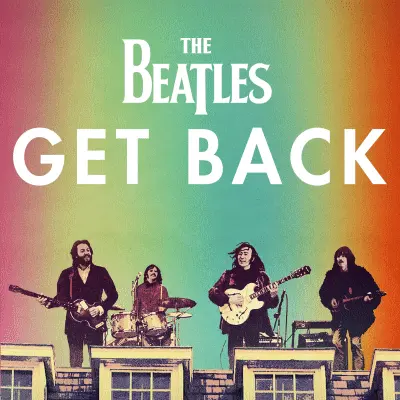How Peter Jackson used machine learning to make The Beatles: Get Back
-

In a behind-the-scenes Get Back featurette, Jackson explains how he and his team had to restore the more than 60 hours of footage and 150 hours of audio. “In 1969 that film had a quite chunky, grainy desaturated look to it. One of the purposes was to try to restore it sort of making it look as natural as possible,” says Jackson. “Suddenly the colors were just unbelievable. People say, ‘So how did you do all those colors?’ And I’m saying, we didn’t do the colors, they were there.” Next was the sound. “To me the sound restoration is the most exciting thing. We made some huge breakthroughs in audio," says Jackson. "We developed a machine learning system that we taught what a guitar sounds like, what a bass sounds like, what a voice sounds like. In fact we taught the computer what John sounds like and what Paul sounds like. So we can take these mono tracks and split up all the instruments we can just hear the vocals, the guitars. You see Ringo thumping the drums in the background but you don’t hear the drums at all. That that allows us to remix it really cleanly.”
ALSO:
- Get Back is like watching six different marriages fall apart: "John-and-Paul, Paul-and-George, John-and-George, Ringo-and-John, Paul-and-Ringo, etc," says James Parker. "Froideur, awkward jokes, jabs of insight. What’s the problem? Is it the owlish presence of Yoko at John’s side? Not really. Is it George, who shortly after sharing his hymn to mutability All Things Must Pass and getting not much reaction, takes off in a huff? Not really. It’s just the second law of thermodynamics. The inevitability of entropy. One scarcely believable scene finds the Beatles sitting around as if for an interview, slurping drinks, joined briefly by the actor Peter Sellers. The dialogue is Waiting for Godot via Joe Orton."
- What Get Back can teach about collaboration
TOPICS: The Beatles: Get Back, Disney+, Peter Jackson, Documentaries
